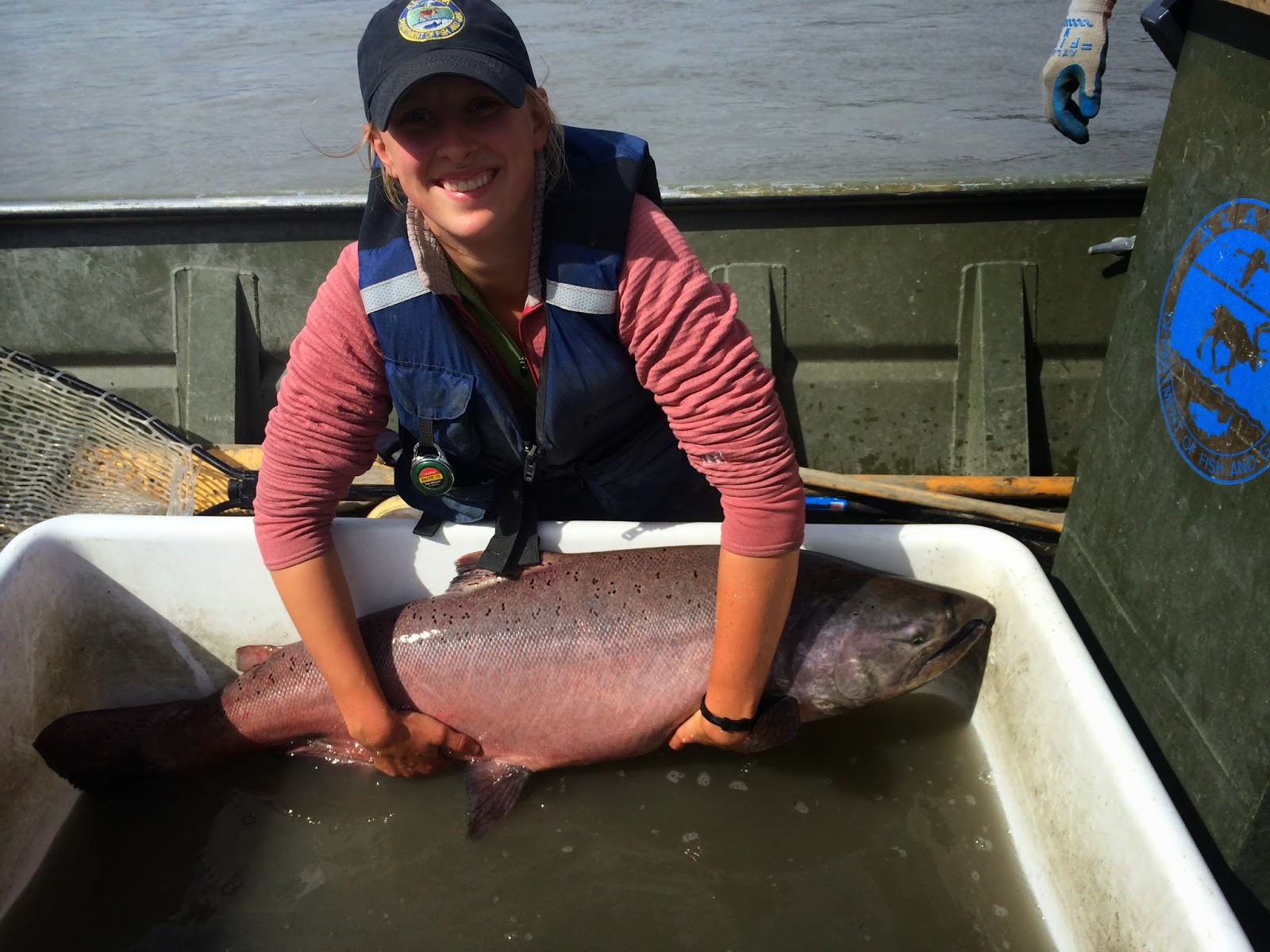Posted by Bruce
Hello blog readers!I am a 5th year Electrical Engineering UAF student and the topic I will be talking about in today’s blog is the various activities I've become involved in on campus as an electrical engineering student.
Today's topic: Traveling while you’re at school when involved in extracurricular activities.
First, let me tell you some examples of the activities I was involved in that allowed me to travel. During the spring semester of May 2014, finals week, I traveled to Las Vegas with a team of engineering. I was involved in a Wind Turbine Competition. The Wind Turbine Competition was started for the first time in 2013 by the Department of Energy (DOE), and only 10 universities had the privilege to participate in this event. The team at UAF consisted of several mechanical engineering students who had used the competition as there senior design project for the blade and body design competition. There were also two electrical engineering students (including myself), who worked on the electronics part of the design to control the power of the turbine. The competition required a design of a working small scale turbine, speeches to be made to the judges from many well-known companies (e.g. General Electric (GE)). There were three categories of speeches: technical turbine design, business plan, and a quick pitch to the audience. We had one business student to volunteer for the competition in assisting with the business portion. Our experience participating in the Wind Turbine Competition made my teammates and I realize the amount of time and effort that it takes to complete a project that students are completely new to, as well as trying to recruit volunteers to help assist in the business and engineering parts. The first competition had changed the rules many times during the progress of the 1 year time given to the students. The rules weren't thought out the best, but since it was the first competition things were still being figured out. In the end, aside from scheduling conflicts during finals week, we had completed the competition and it was fun.
I am also involved in a club called the Institute of Electrical and Electronics Engineers (IEEE), as a leader member, and have been able to travel to a few places. The IEEE student branch was able to set up a field trip to the Chena Hot Springs to visit the plant there and have the owner of Chena speak about his experience and work. Furthermore, I recently went to a leadership training in Portland, Oregon for one day. This allowed me to meet all the other leaders from other schools and learn how to manage a student branch club.
Lastly, I attended a scholarship banquet down in Anchorage, Alaska because I was able to be involved in IEEE and was acknowledged for my performances. I am now planning to set up a way to travel to Las Vegas once again to attend a conference with our fellow IEEE members. The conference is called the Rising Stars Conference in which many of the famous electrical engineers or IEEE members gather to speak to attendees. Other programs I’ve attended involve a career fair, leadership activities, and opportunities to network. During the conference, other conference are also in session. One example was the Consumer Electronics Show (CES) which showcased electronics that will be coming out in the next year or two.
These are some examples of how you can travel when you are involved in extracurricular activities as there are a lot out there to get involved in. Always remember to be involved in the activities or clubs. Student activities and clubs are a great way to become involved on campus and get more out of the college experience.
How to apply for travel funds and obtain funding:
Depending on the extracurricular activity, not everyone is fortunate to travel... but a club or activity can find funding to be able to travel if they have plans, such as the one described about the IEEE Conference in Las Vegas or field trips to Chena Hot Springs. One way to find funding at UAF is to speak to the Associates Students of the University of Alaska Fairbanks; student government or ASUAF for short. The process of applying for travel funds is to obtain the travel funds form and fill out the required information. It is best advised to not delay the form as the deadlines happen near the end of the second month of school. Advisor signatures, trip information, budget sheets are some examples of requested information. Travel can happen anytime of the year until the end of next semester and funds are solely reimbursable, so hold onto all of your receipts. Other ways to find funding for your travel opportunities include fundraising events, funding from established campus organizations (e.g. IEEE) or outside sources. Do be careful with the rules when it comes to asking for donations from sources outside of UAF. Cautionary measures are advised via student organization meetings. More information can be found (here) and or can visit the student organization office in the Wood Center.







